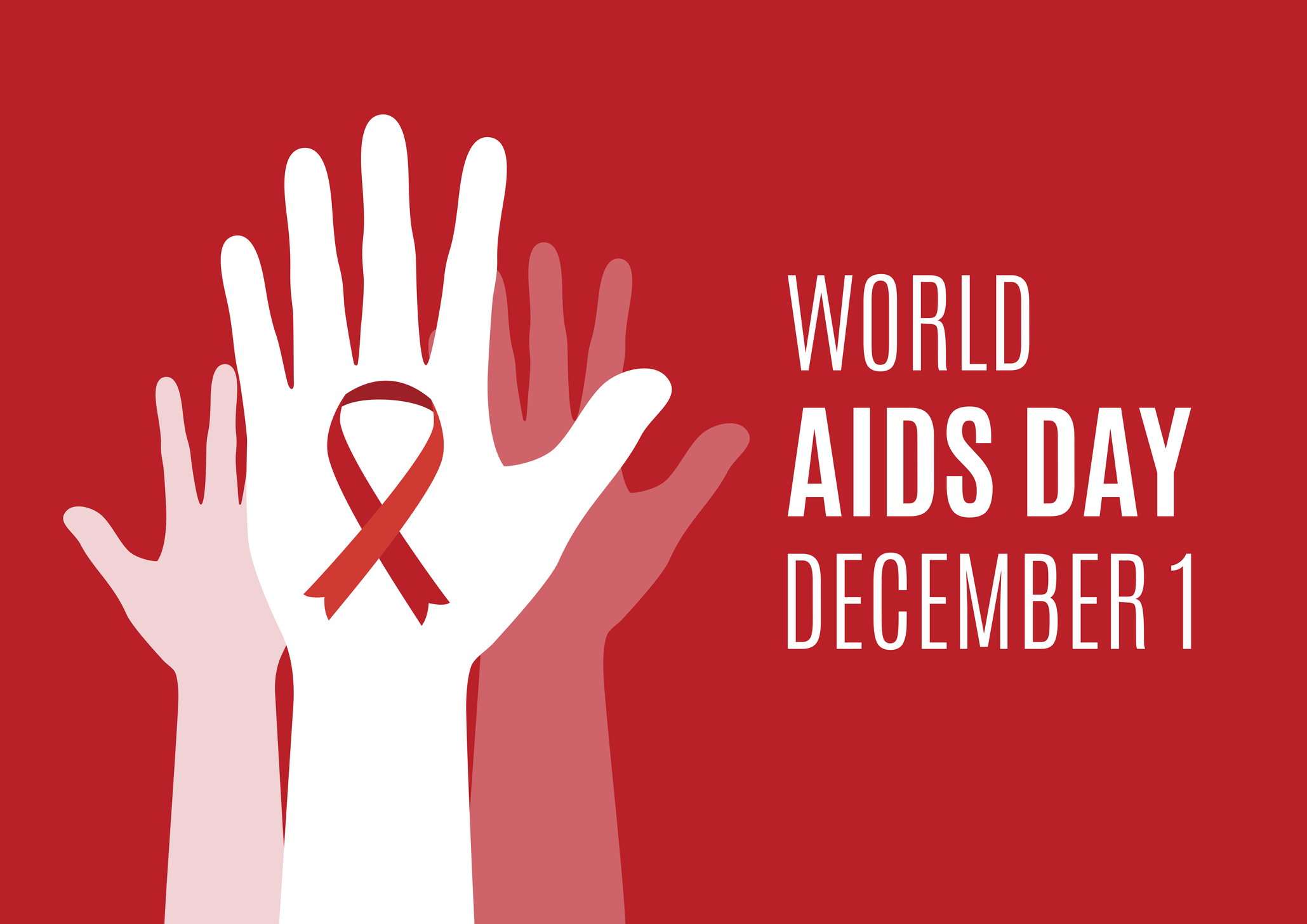
01 Dec World AIDS Day 2022: Prioritizing COVID vaccines for people living with HIV in Africa
Today, World AIDS Day 2022, we remember the 40 million people who lost their lives from HIV/AIDS over the past 40 years. We also celebrate successes with >75% of all 38.4 million HIV+ people on life-saving antiretroviral treatment, over 50% reduction of new infections and worldwide eradication of HIV infection as a clear goal for 2030.
The year 2022 also marks the aftermath of the worldwide pandemic that dominated the news over the past 3 years: COVID-19. Both HIV and COVID-19 are viruses originating from animals (zoonoses) and their spread over the world was highly enhanced by human behavior. Today, these epidemics rank 4th and 5th in the ’top-10 pandemics’ of all times, respectively.
It is now clear that people living with HIV (PLHIV) are at higher risk of SARS-CoV-2 infections and COVID-19-related deaths than immunocompetent individuals in both industrialized countries and low- and middle-income countries such as South Africa, Zambia, and Ethiopia. Hence, the World Health Organization currently recommends that “PLHIV should be included as a priority population for COVID-19 immunization”.
Even PLHIV who are successfully on HIV treatment and therefore have an undetectable viral load, still can have impaired immune functions. For this reason, PLHIV are prone to longer-duration COVID-19 infections, which allows SARS-CoV-2 to accumulate more mutations over time. These variants can be transmitted to other people with potential implications for vaccine breakthrough and reinfections around the world. We have already seen COVID-19 variants coming from African countries with a high burden of HIV, like the Beta and Omicron variants.
Importantly, it is well known that immunity against coronaviruses can wain rapidly and this will be the case in Africa as well. Therefore, COVID-19 vaccinations remain relevant even in the aftermath of the pandemic, specifically for those most vulnerable, including PLHIV. At present, in Africa only 25.3% of the adults are fully vaccinated. Therefore, prioritization for the allocation of the few COVID-19 vaccines available should be made to protect the most vulnerable populations in this region.
It is pertinent to learn from our past, AIGHD senior scientist Tobias Rinke de Wit, explains, “It is relatively easy to piggyback on existing healthcare delivery systems for HIV and plug the COVID-19 vaccines into the standard package of treatment and care for PLHIV in Africa”. Tobias adds, “This is not something new or unusual. In fact, they already have done this for years with drugs that prevent Tuberculosis infections”. Of course, to provide continuous access to COVID-19 vaccines for 25 million PLHIV in Africa, these should become affordable and logistically feasible, which could be realized by local production efforts, for example supported by the Africa CDC Partnership for African Vaccine Manufacturing.
All in all, the interplay between HIV and COVID-19 remains a wicked problem which is caused by a myriad of interconnected factors that require well-informed and balanced decision making. This particularly holds true for Africa, given its fragile health systems. With eight years left until the 2030 goals of ending HIV/AIDS as a global health threat, researchers, policymakers, healthcare providers and activists must all contribute to achieving this goal. World AIDS day 2022 reminds us of these challenges and the interconnection between various epidemics. HIV should not be addressed as a stand-alone challenge. There are ample opportunities to learn from the past and address future epidemics in a more coordinated, less disease-specific, more health system-oriented manner.
